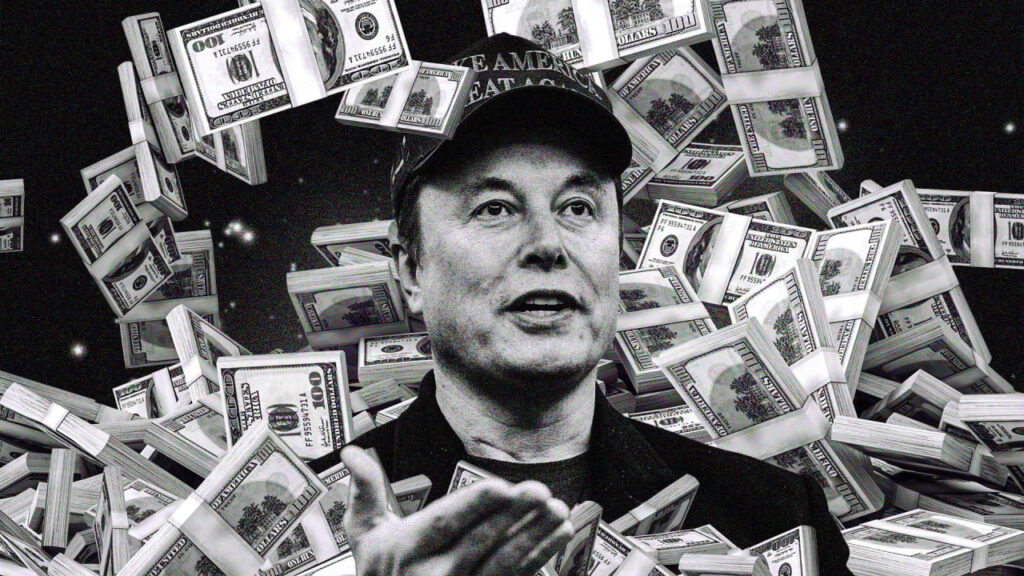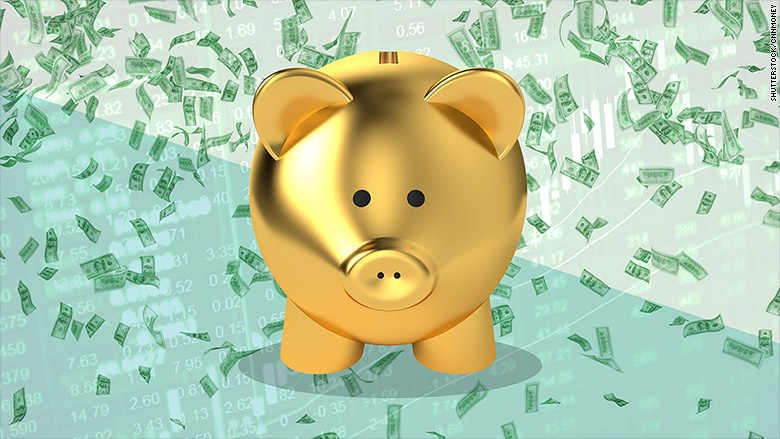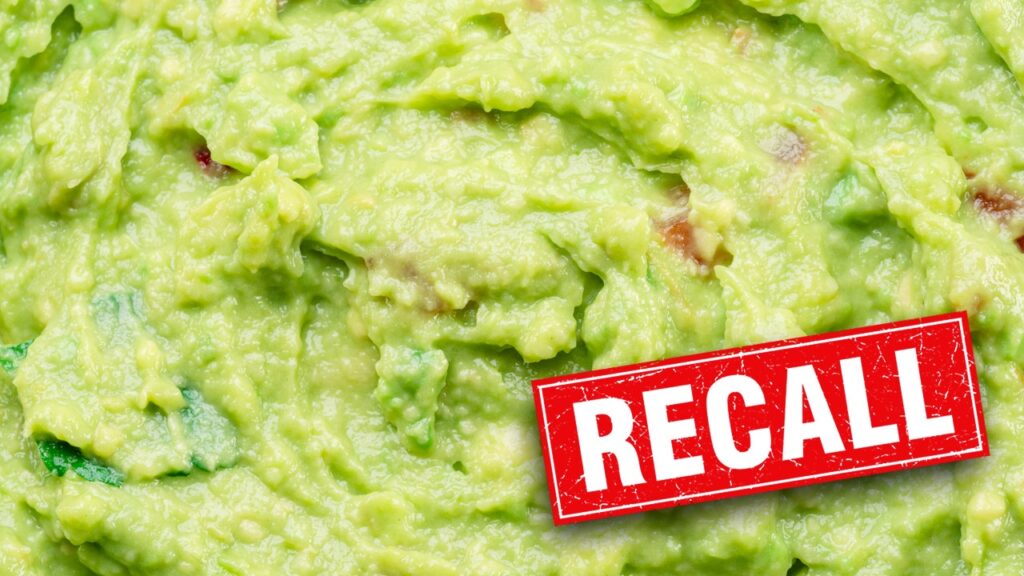
Who wouldn’t want a “DOGE dividend?” Such an idea is evidently being floated at the highest levels of government.
DOGE, or the Department of Government Efficiency, is currently slashing through the federal budget in what it says is an effort to weed out waste and fraud, lower the budget deficit, and claw back money for the taxpayers. As part of that, one idea that made its way to Elon Musk—who is (or perhaps is not) leading DOGE—was that some of the savings that DOGE is finding could be returned to taxpayers in the form of $5,000 checks, or “DOGE dividends” or “stimulus,” as some are calling them.
On X this week, Musk said that he would “check with the president” about doing it, and President Trump himself has since said he’s open to the idea.
While most Americans would no doubt love to have an extra $5,000, how realistic is the idea? Not very, say experts.
Could DOGE even send out checks?
While the infrastructure exists to send checks to taxpayers, the executive branch can’t do so on its own. Congress would need to step up first, says Zachary Liscow, a professor of law at Yale Law School who served as chief economist at the Office of Management and Budget (OMB) at the White House in 2022 and 2023.
“In terms of technical feasibility, can the government send out a bunch of $5,00 checks? The answer is yes,” Liscow says.
“But there are major challenges with doing so,” he adds, first and foremost being that “this would need to be a statute passed by Congress. It’s not in the ability of the executive branch to send out checks without authorization from Congress.”
Additionally, Liscow says that the money, or “savings” that DOGE is finding, simply isn’t there. “It’s wildly unfeasible, it is impossible, for Musk to save $2 trillion in a year and a half,” which Musk said, at one point, was DOGE’s goal.
The federal government spent $6.75 trillion during fiscal year 2024, which ended in September, and most of that was mandatory spending. DOGE would be looking to cut discretionary spending, which would include National Parks, defense spending, border security, and much more.
Even with wide-ranging cuts or proposed cuts, DOGE still wouldn’t even come close to shaving off $2 trillion, Liscow says. “You add it all up, and they’re going to be orders of magnitude off. It strikes me as a stunt. It’s fake math,” he says.
Fast Company has reached out to DOGE for comment.
What is DOGE actually up to?
If DOGE is unable to deliver on its promises of saving trillions, then the question becomes: What exactly is it doing? So far, it seems like the answer is clear: “Trollololol.”
That’s according to Martha Gimbel, executive director and cofounder of the Budget Lab at Yale, a nonpartisan policy research center that analyzes federal policy proposals and their potential effects on the economy.
In effect, even as DOGE has caused a lot of waves in recent weeks, it hasn’t really done anything to further its goals. “It is incredibly unclear how much spending DOGE has actually cut, and how much spending they have legally cut—and those are two separate questions. The best data we have about how much the government is spending, you can’t see any impact at all. So they’ve accomplished basically nothing, except the degradation of government services.”
By Gimbel’s calculation, even if you assume DOGE has cut $8.5 billion—which is what it claims to have cut so far—taking that and sending out a check to each taxpayer would net them around $50, nowhere near $5,000. Not only that, but it would run counter to DOGE’s stated goal of decreasing federal spending.
“Technically, they keep saying the point of DOGE is to cut the deficit, which is quite large. If you were going to plow any ‘savings’ back to the taxpayer, then you’re still left with the deficit problem. You’re not doing anything at all,” Gimbel says.
This is all to say that, no, you should not expect to receive a DOGE dividend check anytime soon, and certainly not a $5,000 one, despite what you’re hearing from those in and around the White House.
“We really are in a situation where there’s a lot that is being promised to Americans, but none of it’s being delivered,” Gimbel says. “There are ways you could do this in a way that makes the government function better, be more efficient, and get better outcomes for the taxpayer. Instead, they’re slashing and burning.”



